Duphaston
✅ Regulates Menstrual Cycle
✅ Treats Menstrual Disorders
✅ Supports Pregnancy
✅ Prevents Miscarriage
✅ Prescribed Hormonal Therapy
Duphaston contains Dydrogesterone.
Product Overview
Duphaston is a pharmaceutical preparation containing Dydrogesterone as its active component. This synthetic progestogen closely resembles natural progesterone in its molecular structure and function. Clinically, it is widely utilized in addressing diverse gynecological disorders such as menstrual irregularities, endometriosis, premenstrual syndrome (PMS), and infertility stemming from luteal phase defects. Distinguished from other progestational agents, Duphaston exhibits negligible androgenic and estrogenic activity, rendering it particularly suitable for patients who demonstrate hypersensitivity to these hormonal effects.
Therapeutic Applications
This medication is primarily employed to normalize menstrual patterns and alleviate symptoms associated with dysmenorrhea, menorrhagia, and oligomenorrhea. It serves as an effective therapeutic option for endometriosis management, where ectopic endometrial tissue proliferation causes pelvic discomfort and reproductive complications. Furthermore, Duphaston plays a crucial role in supporting early gestation during assisted reproductive procedures.
Administration Guidelines
The oral administration of Duphaston may be performed irrespective of meal times, strictly adhering to the prescribing physician’s directions. Dosage regimens and treatment duration are individualized based on diagnostic indications and therapeutic response. Patients should meticulously follow the prescribed schedule. In instances of missed doses, the medication should be taken upon recollection unless approaching the subsequent scheduled dose, in which case the missed dose should be omitted.
Mechanism of Action
Dydrogesterone exerts its pharmacological effects through selective interaction with endometrial progesterone receptors. It facilitates endometrial proliferation and stabilization, creating an optimal environment for embryo implantation and gestational maintenance. The compound demonstrates potent anti-estrogenic properties by counteracting estrogen-induced endometrial hyperplasia, thereby preventing dysfunctional uterine bleeding.
Dosage Protocol
Therapeutic dosing varies according to clinical indications:
- Menstrual cycle regulation: 5-10 mg daily from cycle day 11-25
- Endometriosis management: 10 mg twice daily from cycle day 5-25
Precise dosing schedules should be determined by qualified healthcare professionals based on comprehensive clinical evaluation.
Therapeutic Advantages
- Normalizes menstrual cyclicity and mitigates abnormal uterine bleeding
- Provides effective management of endometriosis and premenstrual disorders
- Enhances endometrial receptivity for successful embryo implantation
- Demonstrates superior safety profile with minimal hormonal side effects
- Improves reproductive outcomes in luteal phase insufficiency
Adverse Effects
The most frequently reported adverse reactions include cephalalgia, gastrointestinal discomfort, mastalgia, abdominal distension, and affective disturbances. These manifestations are typically mild and self-limiting, often subsiding with continued therapy. Persistent or severe symptoms warrant medical consultation.
Precautions and Contraindications
Duphaston is contraindicated in cases of:
- Confirmed or suspected pregnancy (without medical supervision)
- Unexplained genital hemorrhage
- Hepatic impairment
- History of venous thromboembolism
Potential drug interactions necessitate comprehensive disclosure of all concomitant medications, including herbal preparations, to prescribing physicians.
Storage Conditions
Maintain the product at controlled room temperature (15-30°C) in a dry environment, protected from light and moisture. Keep securely stored away from pediatric access. Discard expired medication in accordance with local pharmaceutical waste disposal guidelines.
Medical Disclaimer
The information provided herein is intended for educational purposes only and represents carefully vetted, scientifically validated data. This content should not be construed as a substitute for professional medical advice, diagnosis, or treatment. The complete spectrum of potential adverse effects, contraindications, and drug interactions may not be fully enumerated. Healthcare providers should be consulted for all medical decisions and to address any clinical concerns. This information aims to facilitate informed patient-physician dialogue rather than replace it.
| Strength | 10 mg |
|---|---|
| Quantity | 30 Tablet/s, 60 Tablet/s, 90 Tablet/s, 180 Tablet/s |
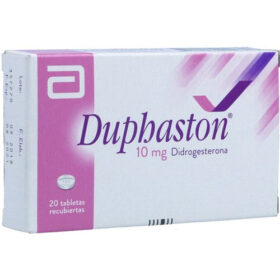 Duphaston
Duphaston










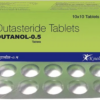
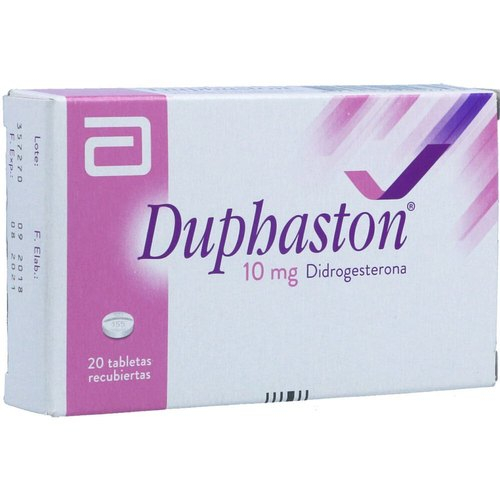
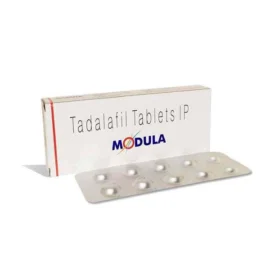
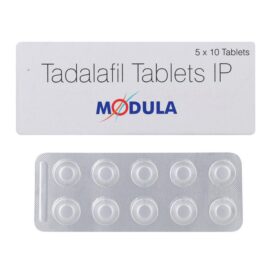


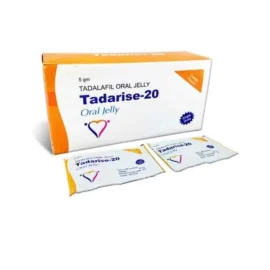
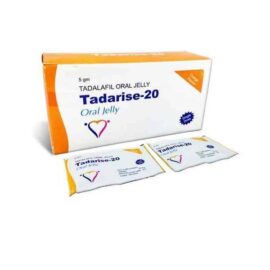
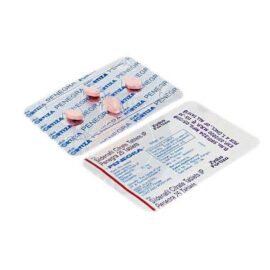

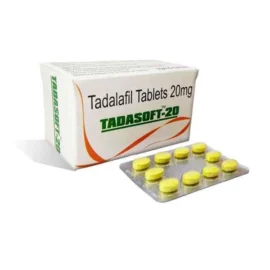
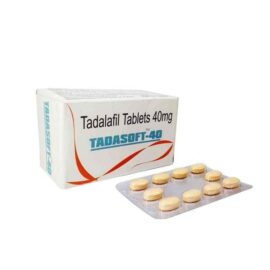


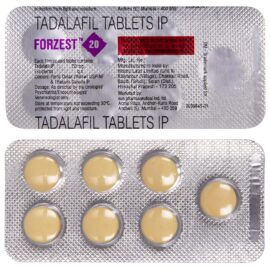







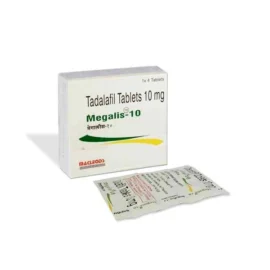
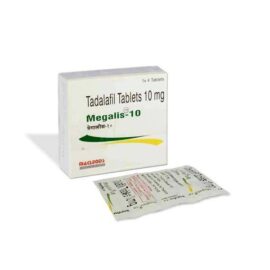
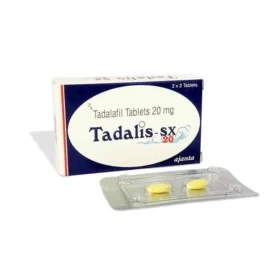
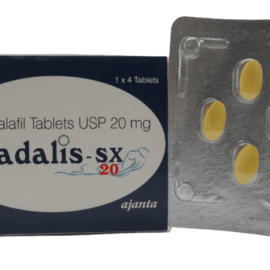
Reviews
There are no reviews yet